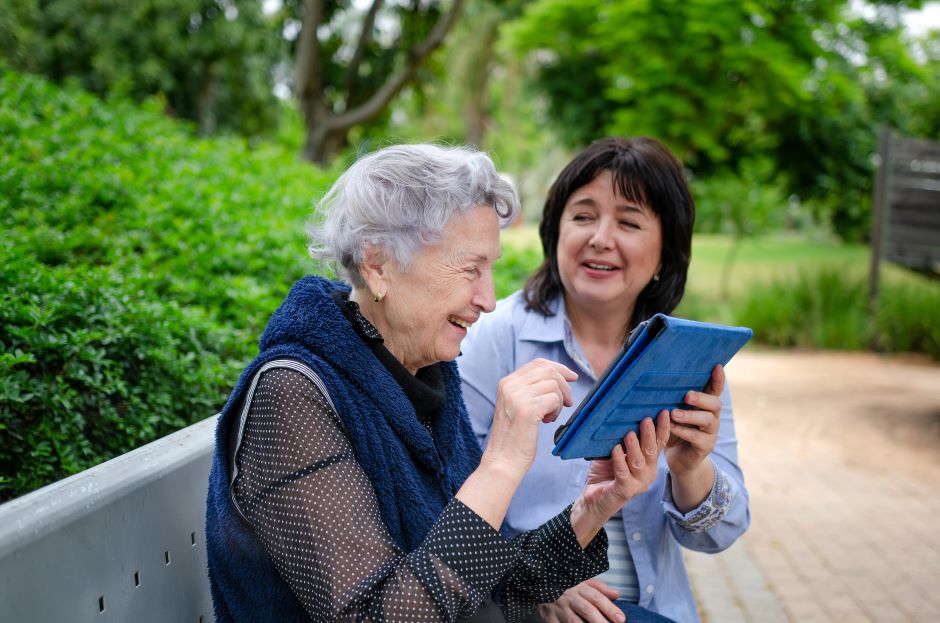
Memory loss in people with Alzheimer’s Disease occurs in reverse chronological order, whereby pockets of long-term memory can remain accessible even as the disease advances. Due to the memory loss and resulting difficulties communicating with others, people with dementia often struggle with decreased confidence and depression.
Through an EPSRC-funded project named ‘Agent-based Memory Prosthesis to Encourage Reminiscing’ (AMPER), researchers at Heriot-Watt and Strathclyde University aim to develop an agent with a novel human-like autobiographical memory model that tells stories to encourage reminiscing.
“The basic idea of the project is that we can support reminiscence therapy,” said principal investigator Prof. Ruth Aylett, professor of computer science at Heriot-Watt, whose academic background is in robotics and AI with a particular focus on how interaction with robots can support people.
Machine learning identifies likelihood of developing dementia
Dyson and Jackie Stewart back dementia research
“Reminiscence therapy is a way of coordinated storytelling with an elderly person with dementia, in which you exercise their early memories which tend to be retained much longer than more recent ones, and produce an interesting interactive experience for them, often using supporting materials — so you might use photographs for instance.”
Aylett explained that the idea was conceived by her co-investigator at Heriot-Watt, Dr Mei Yii Lim, who has worked with modelling of human memory for many years. The proposed agent will use individualised repositories of life experiences in real-world social contexts, built around a user-centred design that can be used by individuals with dementia, and their carers, in a domestic setting.
Its aim will be to bring to the surface memories residing in the still viable regions of the brain, collecting generationally and personally relevant multi-media materials organised and recognised by the agent’s autobiographical memory.
“Human memory isn’t like a database … it’s an associative structure, it has a network, activation spreads along it and memories are indexed by emotion as much as location and personality and so on, by significance of the memory,” Aylett said.
“You can move from one memory to another which is what people do when they’re reminiscing, so building a model of the way human memory works is likely to provide a much smoother and more interesting reminiscence therapy approach than plucking things out of a database.”
In addition to running the technology through a tablet-based interface to make it more widely accessible and low-cost, the team plans to separately investigate the use of a desktop robot to see if there are benefits to be gained by having a 3D representation of a character.
Project partners include the charity Sporting Memories, which delivers reminiscence therapy to people with dementia through video footage in day care centre settings, NHS Scotland Neuroprogressive and Dementia Network, and the Latin American Network for Dementia Research.




Hard hat mounted air curtain adds layer of protection
Something similar was used by miners decades ago!